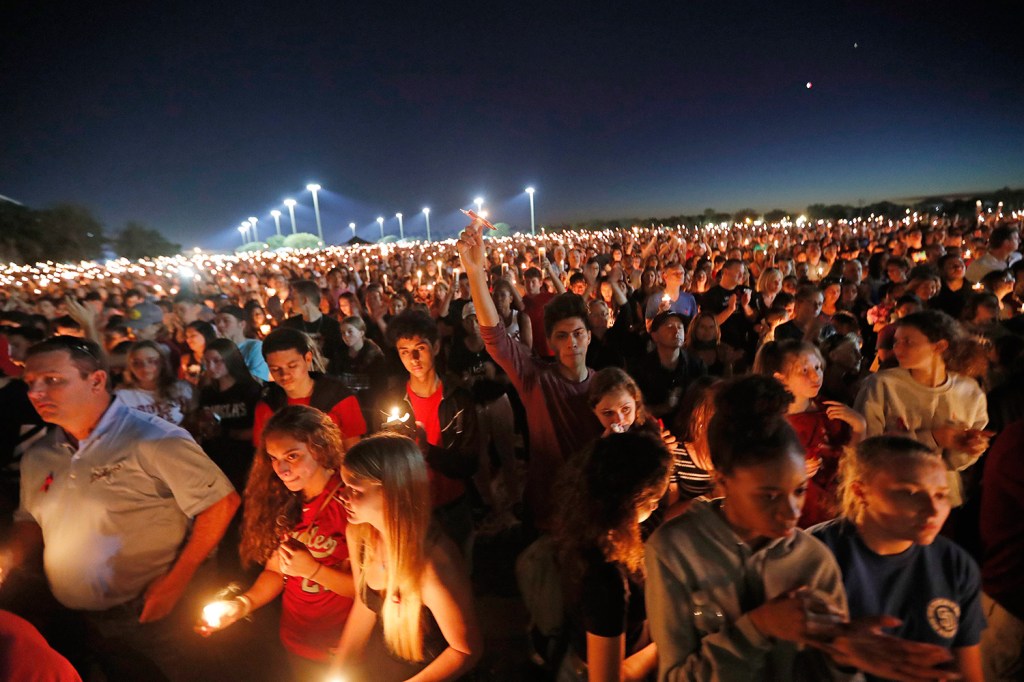In the vast majority of school shootings, someone was aware of what the student was thinking or planning. But many of those who suspected a proclivity for violence didn’t alert authorities.
Why not? One reason is that this is a distressing judgment call. People fear that reporting suspicions may start a database entry that marks a child for life. They hesitate to interfere in parental or teacher responsibilities. These troubled students generally aren’t criminals lurking in the shadows, after all. They’re teens with teenage problems, often exhibiting typical teenage angst.
The question, then, that confronts adults and fellow students: Which young people are potentially, perhaps imminently, dangerous to themselves or others and which ones are just negotiating the often tumultuous teenage years?
But there are smart ways to approach that ambiguity.
In a just-released report on school safety, the U.S. Secret Service recommends that schools create “threat teams” that can include teachers, coaches, guidance counselors, mental health and law enforcement professionals “to identify students of concern, assess their risk for engaging in violence or other harmful activities, and identify intervention strategies to manage that risk.”
Instead of only focusing on the student’s personality or school performance the teams would, for instance, flag threatening social media posts, texting or other troubling communications. The teams also could try to determine a student’s access to weapons or explosives.
The threshold to intervene should be “relatively low,” before dangerous behavior escalates, the Secret Service says: “It is much easier to intervene when the concern is related to a student’s struggle to overcome personal setbacks, such as a romantic breakup, than when there are concerns about threats posed to others.”
Schools that set up these teams — and many already have — should ensure that not just students and parents, but everyone in the community knows they can confidentially air suspicions about a student. The flip side is that local educators, trained to spot trouble and intervene, have to handle these cases tactfully (or squander the school community’s trust).
Students should be reminded, again and again, that it’s safe to speak up to prevent an attack. That this is not snitching or ratting or narc-ing but possibly helping a classmate who is struggling.
And adults who deal with young people? Yes, it may be awkward to report a suspicion about a child you know. But that act could save the lives of many other schoolchildren you’ve never met. You never know when you’re not the first person, but the third, to voice a concern. Warning signals flash yellow before red.
Editorial by the Chicago Tribune
Visit the Chicago Tribune at www.chicagotribune.com
Distributed by Tribune Content Agency, LLC.
Send questions/comments to the editors.



Success. Please wait for the page to reload. If the page does not reload within 5 seconds, please refresh the page.
Enter your email and password to access comments.
Hi, to comment on stories you must . This profile is in addition to your subscription and website login.
Already have a commenting profile? .
Invalid username/password.
Please check your email to confirm and complete your registration.
Only subscribers are eligible to post comments. Please subscribe or login first for digital access. Here’s why.
Use the form below to reset your password. When you've submitted your account email, we will send an email with a reset code.